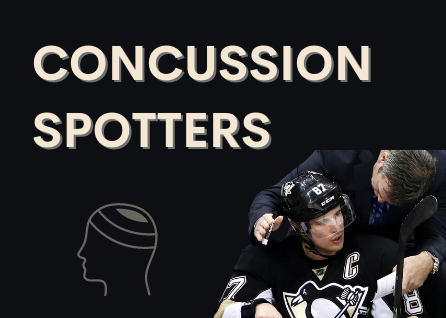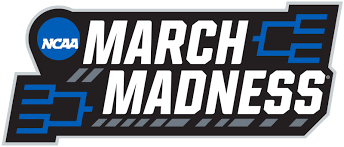Concussions Spotters: Hit or Miss?

Concussions are one of the most common injuries in sports. Most athletes play contact-based sports like football, hockey, combat sports. Even non-contact sports like soccer, basketball, and baseball take many bumps to the head. These bumps can lead to concussions the players might not even notice, or that they choose to play through. With Chronic Traumatic Encephalopathy (CTE) becoming more common among former athletes, professional sports leagues are making a bigger effort to protect players from each other and themselves. Leagues like the NHL, NFL, NCAA, and FIFA all have begun to implement spotters for players. However, what are concussion spotters?
Concussion spotters are doctors that serve as spectators for most of a game. However, they are responsible for watching for any collisions in which an athlete’s head or neck could’ve been hit, or when an athlete shows symptoms of a concussion. When a spotter sees this, they immediately notify a trainer that can reach the bench or field. That trainer then pulls the player out of the game for further testing. However, should this be allowed?
When removed from the game, NHL players are forced to remove most of their gear, causing them to miss almost 15 minutes of game time. Most of the time, the player will return to the game anyway. All players across professional, amateur, and youth sports are lectured on signs and symptoms at least once a season and must pass a test on the lecture to be eligible to play. Protective equipment has also never been better. In 2015-2017, there were an average of 266 concussions throughout the season. In 2018-2019, the average was 219 concussions.
Junior Aiden Montague commented, “I think concussion spotters are a great addition to sports. Like I know concussions are becoming less common and severe, but they still happen, and spotters are a good way to make sure players don’t further injure themselves by trying to play through it.”
Montague is referring to the possibility of a player getting Post Concussion Syndrome(PCS). PCS is when concussion symptoms last long beyond the expected recovery period. Even minor PCS can cause an athlete’s career to end, and the athlete might have to live with concussion symptoms permanently.
An athlete could also develop Second-Impact Syndrome(SIS). SIS occurs when an athlete gets a second concussion before they’ve recovered from symptoms from an earlier concussion. When the athlete gets concussed for the second time, their brain swells rapidly. While it is extremely rare for athletes to develop SIS, if they do, it is most often fatal.
However, Junior Eduardo Sanchez has a different perspective, “I think they’re not really that useful. If an athlete has a concussion, they won’t play. Everybody knows the symptoms of a concussion and they all know what can happen, so what’s the point of even having spotters.” Sanchez also said, “Professional athletes know their bodies, if they have a concussion they won’t play.”
Sanchez does agree that concussions are serious injuries and need to be cared for. However, he believes spotters in the stands are an unnecessary precaution, as sideline trainers and coaches are both educated on symptoms of concussions and how to test for them. Usually, sideline tests administered by trainers on the sideline include checking pupils for dilation, balance test, speech testing, reaction time testing, asking the athlete about their symptoms, and a grip test. Typically, if the athlete is unable to complete any of these, or even seems slightly out of it, they will pull the athlete out of the game. Athletes are often tested 2-4 times within the first 48 hours of their injury.
After passing tests, athletes are still forced to undergo a lengthy recovery process. This starts with simply just walking and gradually progresses to full contact in their sport. Sanchez believes spotters are unnecessary because of all the precautions stated above. “I think with the amount of stuff already in place, there’s no need for spotters in any sport.”
With professional sports leagues becoming more conscious of their public image, many are implementing as many precautions as they can to keep athletes healthy in the short and long term. However, many new procedures seem overzealous and unnecessary. While protective equipment has never kept athletes safer, games have never been played at such speed or intensity.
Your donation will support the student journalists of Patriot High School. Your contribution will allow us to purchase equipment and cover our annual website hosting costs.






